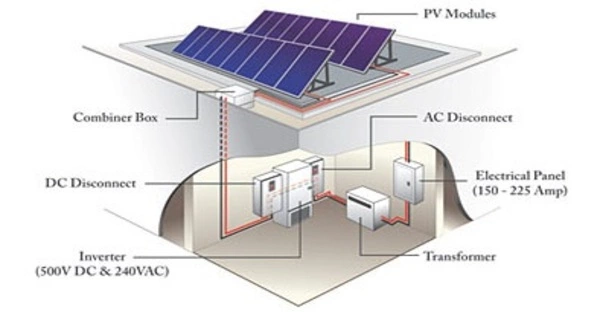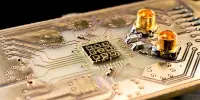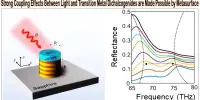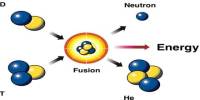The conversion of light into electricity using semiconducting materials that exhibit the photovoltaic effect, a phenomenon studied in physics, photochemistry, and electrochemistry, is known as photovoltaics (PV). It is a technology that uses semiconducting materials to convert sunlight directly into electricity. Commercially, the photovoltaic effect is used to generate electricity and as photosensors. It is a sustainable and renewable energy solution that has risen in prominence and popularity in recent years.
A photovoltaic system uses solar modules, which are made up of a number of solar cells that generate electricity. The solar cell, which absorbs photons from sunlight and converts them into electric current, is the fundamental building block of photovoltaics. PV installations can be installed on the ground, on the roof, on the wall, or on the water. Solar cells are typically made of silicon, which is a widely available and efficient semiconductor material. The mount can be fixed or a solar tracker can be used to follow the sun across the sky. Other semiconductor materials used in solar cells include cadmium telluride (CdTe) and copper indium gallium selenide (CIGS).
Photovoltaic technology aids in climate change mitigation because it emits far less carbon dioxide than fossil fuels. Solar PV has distinct advantages as an energy source: once installed, it produces no pollution or greenhouse gas emissions, it is scalable in terms of power requirements, and silicon is abundant in the Earth’s crust, though other materials required in PV system manufacture, such as silver, may limit further growth in the technology. Other significant constraints identified include competition for land use.
Applications and Advantages
Photovoltaic systems are widely used in both residential and commercial settings. They can be installed on rooftops, incorporated into building materials, or used in large-scale solar farms to generate electricity. Photovoltaic systems generate electricity that can be used on-site to power buildings or fed back into the electrical grid for wider distribution.
One of the benefits of photovoltaics is that it generates electricity without emitting any greenhouse gases or other pollutants. It is a clean and sustainable energy source that helps to mitigate climate change by reducing reliance on fossil fuels. The manufacturing of solar panels, on the other hand, has an environmental impact, particularly in terms of energy consumption and the use of certain chemicals.
PV as a primary source necessitates energy storage systems or global distribution via high-voltage direct current power lines, incurring additional costs, and has a number of other specific drawbacks, such as variable power generation that must be balanced. Pollution and greenhouse gas emissions are caused by production and installation, but only a fraction of the emissions caused by fossil fuels.















